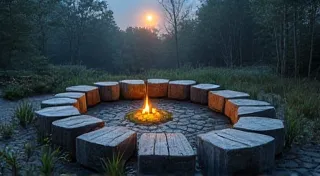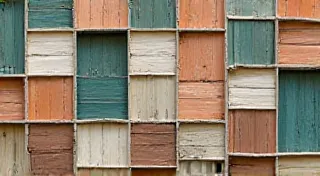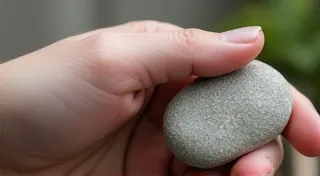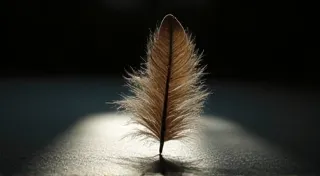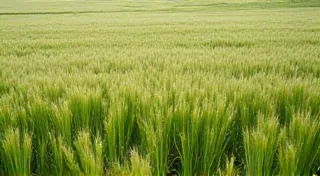The Echoing Chamber of Memory: Instruments as Relics of Ancestral Knowledge
The scent of aged wood, the subtle give of bellows, the whisper of keys – these aren't just sensory details. They’re the echoes of generations, tangible links to a past where music wasn’t merely entertainment, but a vital thread in the tapestry of cultural identity. Traditional folk music isn’t simply about melodies and rhythms; it’s about transmission. It’s about the stories, beliefs, and values of a people passed down through song and, crucially, through the instruments themselves. Many instruments, particularly those woven into the fabric of regional folk music, are far more than tools; they are vessels, carefully guarded repositories of ancestral knowledge.
Consider the accordion. Often dismissed as a whimsical novelty, or a soundtrack to bustling marketplaces, it holds a far richer history in many cultures. Its journey is a fascinating blend of innovation and adaptation, mirroring the movements of people and the evolution of traditions. The modern accordion, as we recognize it, emerged in the early 19th century, drawing inspiration from earlier European free-reed instruments like the concertina. But its impact was far-reaching. It rapidly spread, not just across Europe, but across continents, carried by immigrants seeking new lives and bringing their music with them. And in each new land, it wasn't simply adopted; it was transformed. The very nuances of its construction, the choice of reeds, and the way it’s played all contribute to its unique voice within a culture – a concept explored in greater detail in a related article about how improvisation shapes the soul of folk instruments.
My grandfather, a Romanian immigrant to America, played a Hohner Excelsior accordion. It wasn’t a pristine, showroom model. It bore the marks of a long life, a life lived in both Old World reverence and New World striving. The bass buttons were worn smooth from decades of faithful use, the reeds occasionally coughed rather than sang. He rarely spoke about his past, but when he played, the music spoke volumes. It wasn’t just a tune; it was a portal. I remember sitting at his feet, mesmerized, as he coaxed out melodies that transported me to a Romanian village I’m sure I never knew. The bellows sighed with a familiar rhythm, a rhythm that resonated not just in the air, but deep within my own being. It felt less like listening to music and more like absorbing a history, a lineage.
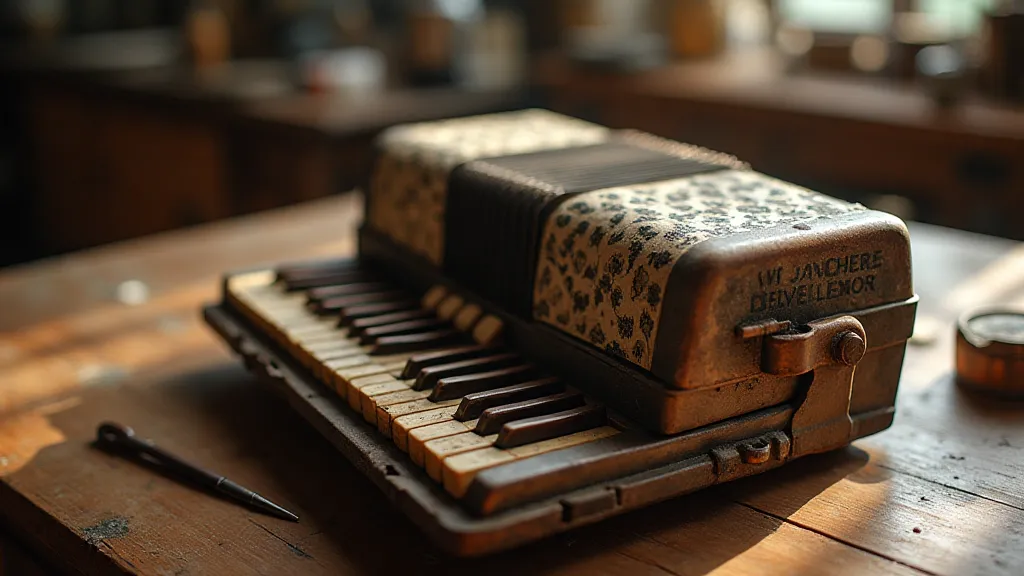
More Than Just Wood and Metal: The Accordion as Cultural Signifier
The accordion's versatility is remarkable. In Ireland, it’s the heart of many traditional sessions, driving the jigs and reels with a robust energy. In Cajun music of Louisiana, it’s inseparable from the joyful, sometimes melancholic, sounds of fiddle and guitar. In Poland, it’s a cornerstone of wedding celebrations and folk festivals. This adaptability isn’t accidental. It's a testament to the instrument’s ability to connect with local sensibilities and adapt to regional musical styles. The very act of choosing an accordion—the size, the key, the type of reeds—often reflects the player’s connection to a specific musical tradition. It signifies belonging, and it signals a lineage of musicians stretching back through time. The interplay of diverse musical influences, and how instruments themselves evolve to accommodate them, is a compelling subject, often mirroring the larger story of human migration and cultural exchange.
For many communities, certain instruments become inextricably linked to rituals and ceremonies. A specific type of lyre might be played only during harvest festivals, or a particular flute might accompany healing rituals. The instrument isn't just performing; it’s actively participating in the ritual itself, acting as a conduit between the human and the spiritual realms. The music isn’t merely being played; it’s being *offered*.
The Art of Restoration: Preserving a Living Legacy
The process of restoring a vintage accordion—or any traditional folk instrument—is far more than just a mechanical repair. It’s an act of reverence. It’s a recognition that these instruments are not merely objects, but living embodiments of cultural memory. The craftsman who undertakes a restoration must possess not only technical skill but also a deep understanding of the instrument’s history and its significance to the community it represents. Each repair should be done with the intention of preserving the instrument’s character, its authenticity, and its connection to the past. Understanding the complex relationship between the natural environment and the creation of these instruments, and how traditional practices are adapting to modern challenges, is an increasingly important area of study.
Replacing a cracked bellows, for instance, isn't just about fixing a leak; it’s about understanding the materials that were originally used and finding a modern equivalent that will maintain the instrument’s original tone and feel. Similarly, repairing worn keys demands a sensitivity to the nuances of their action, ensuring that they play with the same responsiveness and character as they did when the instrument was new. Beyond just the mechanical repair itself, the restoration process often involves a deep dive into the history of the instrument, uncovering fascinating details about its origins and the people who played it.
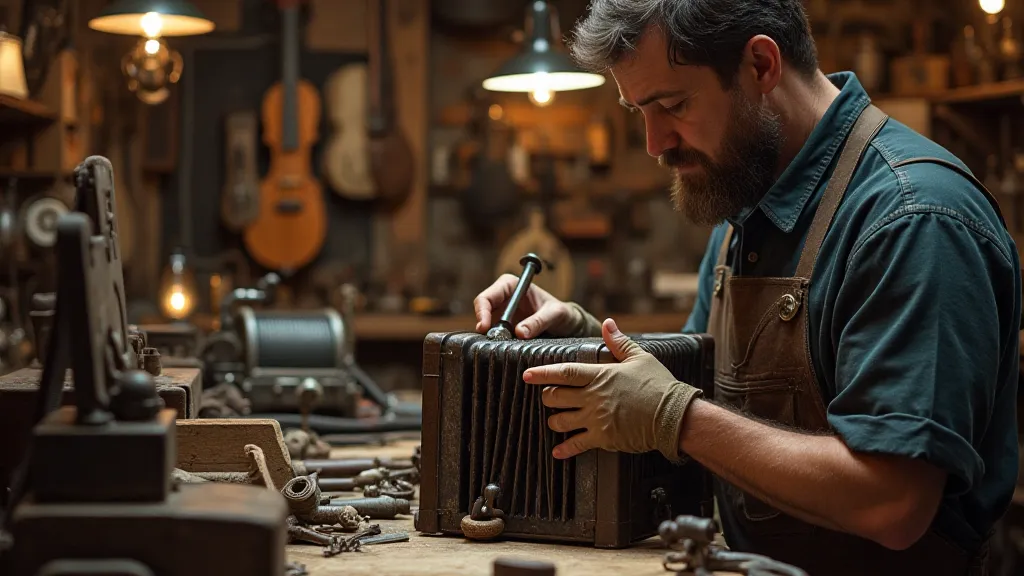
Collecting: A Responsibility and a Privilege
Collecting traditional folk instruments is increasingly popular, driven by a growing appreciation for their historical and cultural significance. However, collecting isn't just about acquiring beautiful objects. It's about accepting a responsibility to preserve and share these instruments with future generations. Collectors often become custodians of cultural heritage, safeguarding instruments that might otherwise be lost or forgotten. The origins and evolution of musical instruments is a fascinating field in itself, frequently revealing hidden connections between seemingly disparate cultures. The study of how these instruments are crafted, and the materials used, often reflects a deep understanding of the local environment – a subject often explored when considering how forest ecology shapes traditional instrument craft.
A discerning collector will not only seek instruments in good condition but will also research their provenance, tracing their history and understanding their significance within a specific musical tradition. This knowledge enhances the value of the instrument, transforming it from a mere object into a window into the past. Sharing that knowledge, through exhibitions, demonstrations, or simply by playing the instrument, is a powerful way to honor the legacy of the musicians who came before. The very act of collecting and preserving these instruments contributes to the ongoing narrative of musical heritage, ensuring that future generations can experience the rich tapestry of human creativity.
The Enduring Echoes
The true value of traditional folk instruments lies not in their monetary worth but in their ability to connect us to a shared human experience. They are tangible links to the past, vessels for transmitting ancestral knowledge, and powerful reminders of the enduring strength of cultural identity. As the world becomes increasingly homogenized, these instruments serve as vital anchors, grounding us in our unique heritage and reminding us of the beauty and diversity of human expression. Listening to the music they produce isn't just an act of appreciation; it's an act of remembrance, a commitment to preserving the echoing chamber of memory for generations to come. The movement of melodies and instruments across geographical boundaries, and the subsequent blending and transformation of musical styles, is a testament to the interconnectedness of human cultures, a phenomenon often captured through analyses of the cartography of sound and mapping melodic evolution.
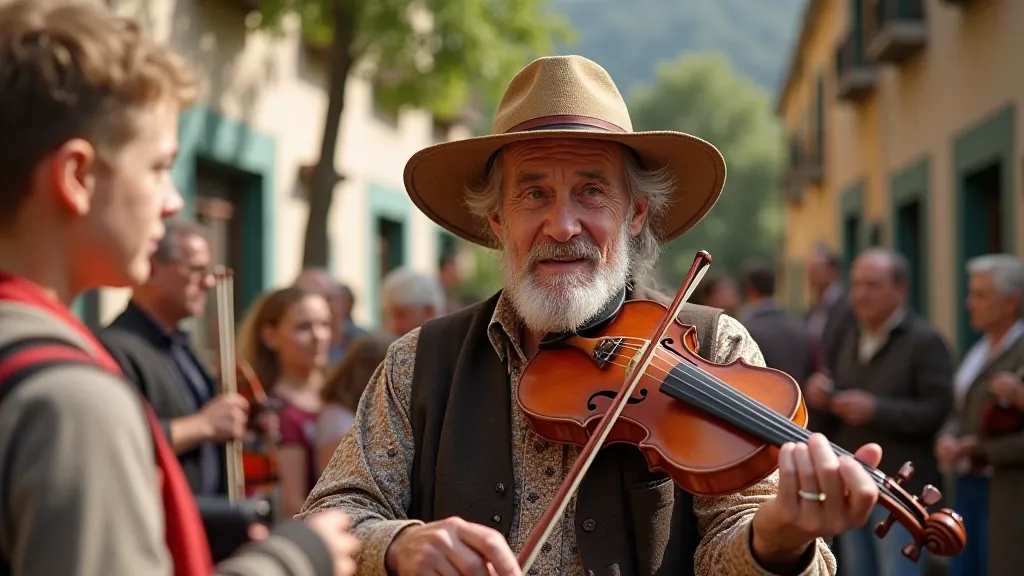
Consider the global impact of seemingly humble instruments. The sitar, originating in India, has found its way into the music of countless artists worldwide, influencing everything from rock and roll to classical compositions. Similarly, the didgeridoo, an ancient Australian wind instrument, has captivated audiences with its unique drone and rhythmic complexity. These examples highlight the power of music to transcend cultural boundaries and forge connections between people from all walks of life. The constant interplay and evolution of musical traditions around the world is a rich and fascinating subject, demonstrating how musical styles can merge and transform in unexpected ways.
Furthermore, the instruments themselves often carry stories of human ingenuity and craftsmanship. The intricate carvings on a Native American flute, the carefully tuned strings of a classical guitar, the precisely weighted keys of a concert piano—each detail speaks to the dedication and skill of the artisans who created them. These instruments are not merely tools for making music; they are works of art in their own right, deserving of respect and admiration.
In a world increasingly dominated by digital technology, the enduring appeal of traditional folk instruments serves as a powerful reminder of the importance of human connection and cultural heritage. These instruments are not just relics of the past; they are living, breathing symbols of our shared humanity, capable of inspiring awe, wonder, and a profound sense of belonging. Their melodies resonate with the stories of generations, echoing through time and connecting us to the wisdom and creativity of our ancestors.
